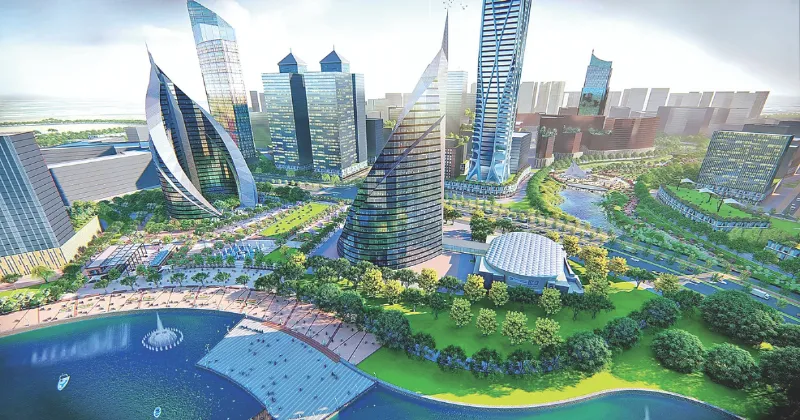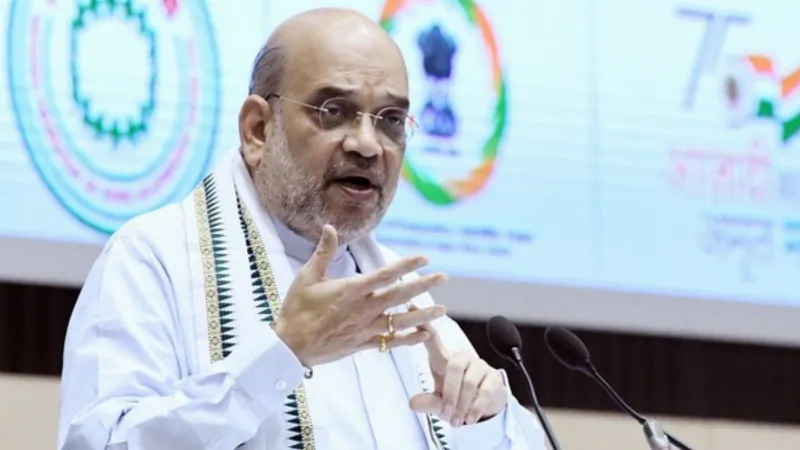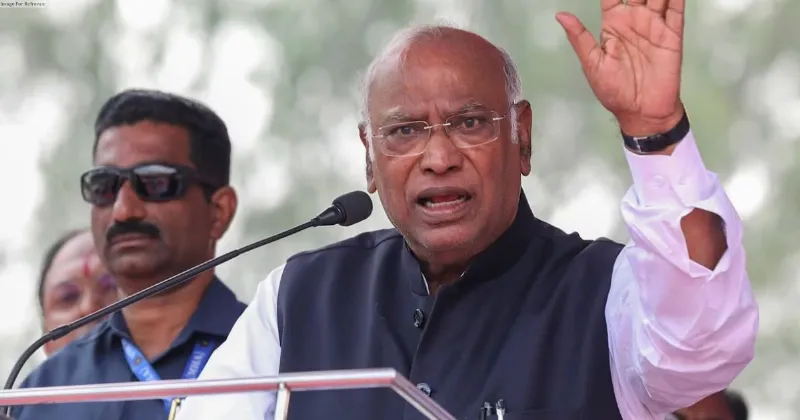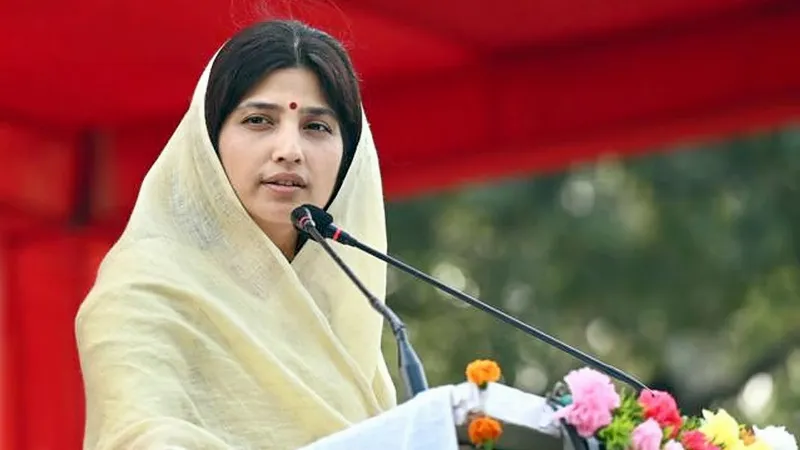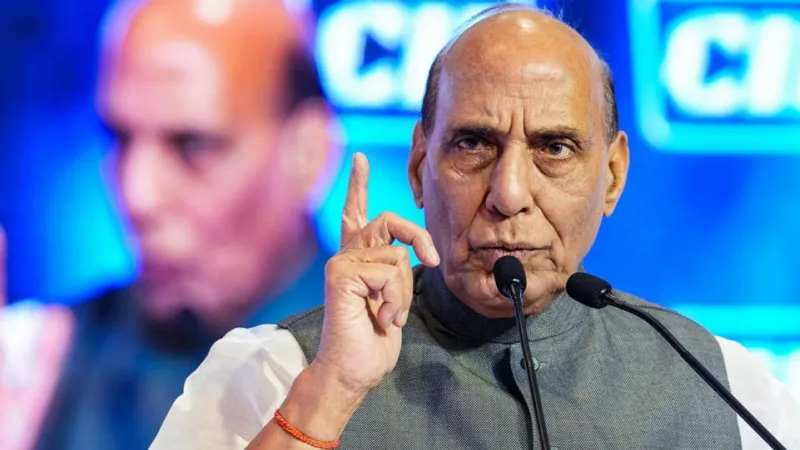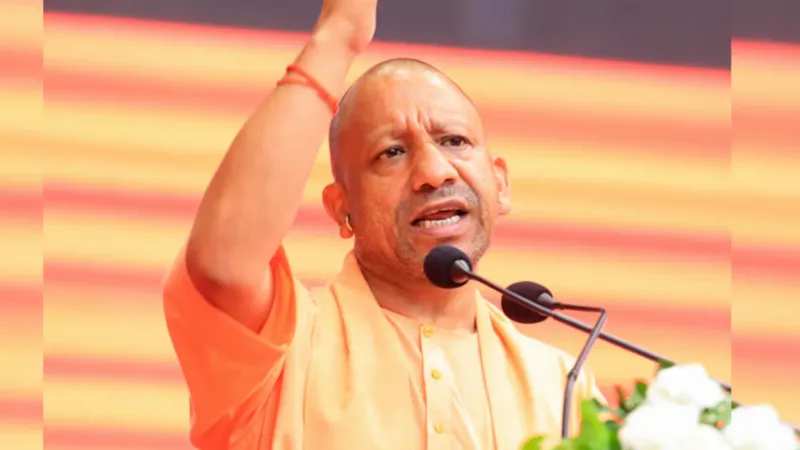Latest News
MAXIMS FOR THE AI AGE

Debates about technology have increasingly been reduced to stark dichotomies. Artificial intelligence should be curtailed, or it should be accelerated: thesis and antithesis, but no synthesis. Rather than picking a side, we should consider alternative rallying cries that place the focus where it belongs: humanity.
To that end, I propose six maxims. The first is a famous quip from the Carthaginian general Hannibal: “I shall either find a way or make one.” With AI still at a very early stage, we have barely scratched the surface of its potential. AI can help us find paths that we couldn’t see before, and it can help us make new ones through the force of human creativity. Tools like ChatGPT, Copilot, and Pi are trained on material by and about people. Far from replacing us, they extend us.
Imagine finding a previously indiscernible thread of insight that runs through Gödel, Escher, Bach, Caravaggio, Rousseau, and Vivaldi; or a thread tying together the ingredients you just happen to have in your kitchen. A vast collection of human creation and past contributions hangs before us like an expanding tapestry, and we now have the tools to do more with it than any previous generation ever could.
The second maxim is: “We are symbols, and inhabit symbols.” That is how Ralph Waldo Emerson described our use of language to comprehend, explain, and shape the world. We humans have always relied on tools, and that is what symbols are. They enable us to create things that did not exist before and do not occur naturally. Consider the griffin, with the head and wings of an eagle and the body of a lion. It is a human creation that reflects some reality we want to see in the world. Humans created griffins for uniquely human reasons. AI is no different.
True, many imaginative creations – from Mary Shelley’s monster in Frankenstein to James Cameron’s killer cyborg in Terminator – are meant to be cautionary. We naturally feel fear when initially encountering “the other” or “the new.” But the griffin reminds us that we can convert fear into a sense of majestic possibility. Ultimately, humans are both the creators and the products of their symbols, culture, environment, and decisions. Together with AI, we can create more griffins.
The third maxim is to build cathedrals, as these ennoble our efforts and turn mere groupings of humanity into fellowships. Actual cathedrals are some of humankind’s most awe-inspiring creations, making it only fitting that we now refer to missions like the Apollo moon landing as “cathedral projects.” How great would it be if these were as much a part of our everyday lives as cathedrals are in European cities?
Such projects require many sets of hands, working in concert across regions, disciplines, and sometimes even generations. As the writer and aviator Antoine de SaintExupéry wrote, “A cathedral is built with stones; it is made up of stones; but the cathedral ennobles each stone, which becomes a cathedral stone.” Scientific discoveries and technological innovations are stones in the cathedral of human progress.
The fourth maxim is that we must take small risks to have any hope of navigating the big ones. Rather than trying to eliminate risk altogether – which is impossible – we ought to welcome challenges that could bring failure, because these create opportunities for iteration, reflection, discussion, and continual improvement.
The fifth maxim is that technology is what makes us human. If we buy into the notion that AI is the antithesis to humankind’s thesis, we will anticipate a future of half-human, halfmachine cyborgs. But that is not really how it works. The combination of thesis and antithesis leads not to a crude mashup, but to a new thesis. The two evolve together, and the resulting synthesis, in this case, is a better human.
The sixth and final maxim is that we have an obligation to make the future better than the present. Imagine a personalized digital doctor or tutor in everyone’s pocket. What are the costs of that happening later, rather than sooner? Speed is a virtue when it comes to technology, given its unrivaled power to improve lives.
SOURCE: PROJECT SYNDICATE
Reid Hoffman The writer is Co-Founder of LinkedIn












